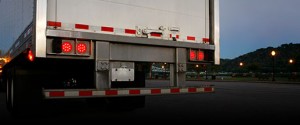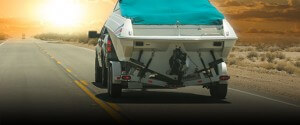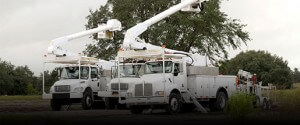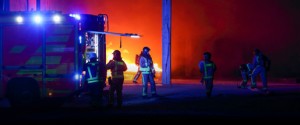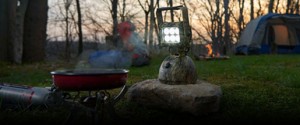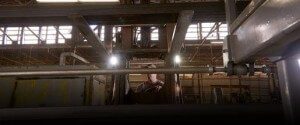Electrical Connections
- Trailer Connectors keyboard_arrow_right
- Air Products keyboard_arrow_right
- Terminals & Connectors keyboard_arrow_right
- Wire & Cable keyboard_arrow_right
- Support & Protective keyboard_arrow_right
- Switches & Electrical Assemblies keyboard_arrow_right
- Battery Connectors & Cables keyboard_arrow_right
- Kits & Tools keyboard_arrow_right
Company
- Company Profile keyboard_arrow_right
- Careers keyboard_arrow_right
- Case Studies keyboard_arrow_right
- Contact Us keyboard_arrow_right
- Media Center keyboard_arrow_right
- Grote News keyboard_arrow_right
- Trade Shows & Events keyboard_arrow_right
- Quality keyboard_arrow_right
- Star Safety Technologies by Grote keyboard_arrow_right
Tech Support & Information
Customer Information
Technical tidbits
From LED lighting technology, to male pin lighting/harness applications, to multiplexing issues – today’s technology means that the end user should be able to design lower costs and longer life and product quality into all lighting and harness uses. However, most fleets state that electrical and lighting problems are the source of their most constant problems, and costly. Regardless of an end user’s size, vehicle safety lighting, wiring, and electrical system can be major sources of frequent failure and high maintenance costs.
Part of our mission and customer goal is to provide problem solutions and not simply product. Together the industry, led by Grote, has collaborated over the last decade to reposition the future in industry lighting and help control costs and downtime for end users. There is a general identification of eight basic causes of those system failures of safety lighting products, and below you will find them defined.
Given our mission of solving problems in the market, it is key to have an understanding of these causes in general terms and the keys to solving the problems and offering a total vehicle system solution.
It is about saving time, money and providing industry solutions that will lead systems design into the next century.
SAE Standards & Certifications
Visibility & Safety Matters
There are two primary SAE Certifications to be aware of when choosing your optical warning and hazard devices, SAE J845 – Omnidirectional Optical Warning Device, and SAE J595 – Directional Flashing Optical Warning Device.
SAE Lighting Identification Codes
SAE International stands for the International Society of Automotive and Aerospace Engineers. They provide the standards that all vehicle safety products must adhere to. Every Grote lamp carries the relevant SAE Lighting Identification Code on its lens.Major Causes Of Lighting Failure
The causes of lighting failure are well known, although they differ as to the most prevalent depending on the specific environment a vehicle is working in. For example, a heavy duty multi-trailer rig traveling at high speeds in winter will need to prevent a different set of failure modes than a farm tractor or a piece of construction equipment. In any case, Grote knows the best ways to keep electrical safety systems operating at peak performance regardless of the specific situation.Cleaning Materials for Lenses
The use of solvents and/or cleaners which are not chemically compatible with polycarbonate, acrylic and ABS will result in the softening, crazing, and/or cracking of the plastic parts and its mounting bases.Tips to prolong equipment lighting
The use of solvents which are not compatible with polycarbonate will result in the softening, crazing, and/or cracking of the plastic part. This is especially true of polycarbonate lamps and mounting bases which may be under stress in their normal applications.Damaging Issues of Safety System
The following are the 3 most damaging vehicle element items: a) environment, b) abuse, and c) time.
Before even examining them in the context of on-road vehicles, consider a parallel by thinking about the electrical wiring system in any private residence – house. Problems are seemingly always kept to a minimum in a well-maintained home.
- Environment – mostly at its best, all wiring is in conduit protection in the building walls.
- Abuse – the greatest common abuse is an overloaded circuit. It results in blown fuses or open circuit breakers.
- Time – almost indefinite.Now using that above example of the building’s wires, put it in the context of a trailer’s wiring system.
Trailer Wiring Data
Wire is used to carry current from the battery through the vehicle to various electrical components: lights, instruments, etc.
In automotive use, the grounded return system is used almost exclusively. In this system, a single wire is run from the battery through switches to the load and the vehicle itself provides the ground or return to the battery.
P2 and PC Lamp Installation
The federal government requires clearance, side marker and identification lamps on all vehicles greater than 80 inches in width. All of these lamps must meet the same photometric requirements, which call for light that is spread 45 degrees to either side of the lamp center-line.
Fuse & Circuit Protection
Although care is taken to properly design electrical and electronic circuits; overcurrents in the form of short-circuits and overloads can occur. The sole purpose of fuses and circuit breakers is to protect personnel and/or equipment from serious harm when an overcurrent condition arises. This guide is intended to help create a better understanding the various parameters of overcurrent protection and the proper application of circuit protective devices. This guide creates a basic understanding of overcurrent principles and applications but is not intended to supplant sound engineering principles or replace specific application testing.

